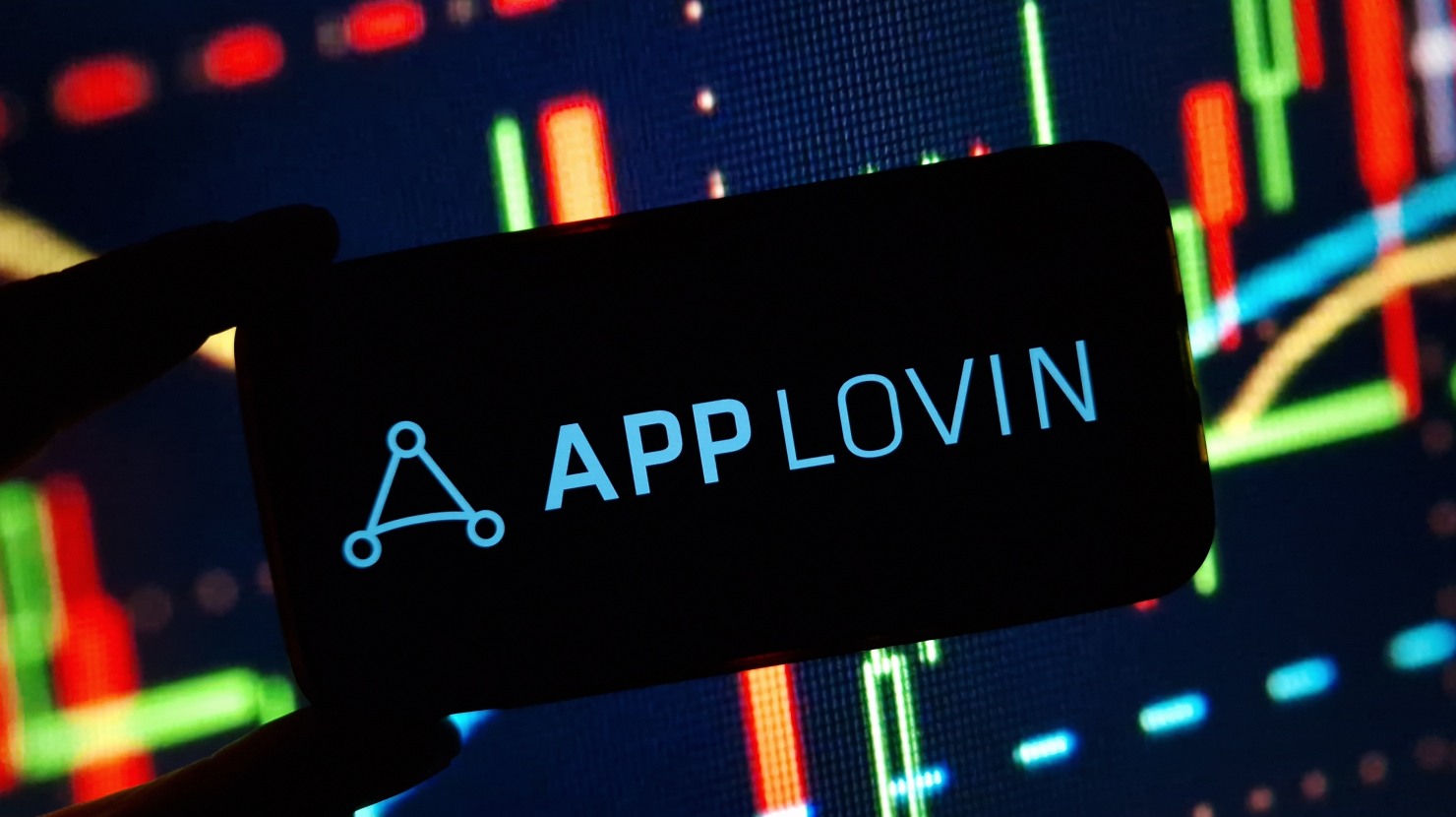GM will import Chinese EV batteries from CATL for its new Chevrolet Bolt, despite 80% tariffs

Despite the heavy 80% duties on Chinese batteries, the largest American automaker, General Motors (GM), will continue to import and use them in its vehicles.
The American car manufacturing giant insists that it will still follow through with its plans to create affordable access to electric vehicles.
GM will import Chinese batteries despite Trump’s tariffs
General Motors, the largest U.S. automaker, is moving forward with its plans to import electric vehicle (EV) batteries from China’s Contemporary Amperex Technology Co. Ltd. (CATL) to power the upcoming version of its Chevrolet Bolt.
According to sources familiar with the matter, GM will rely on CATL’s lithium iron phosphate (LFP) batteries for around two years, while its battery manufacturing joint venture with South Korea’s LG Energy Solution prepares to begin local production of the same battery type in Tennessee by 2027.
The new generation Bolt, which General Motors plans to begin assembling at its Fairfax Assembly Plant in Kansas later this year, will arrive in dealerships in 2026. It will be the most affordable electric vehicle in GM’s lineup, priced at around $30,000.
Despite the 80% tariff on Chinese EV batteries, GM views the arrangement as a necessary measure to keep its pricing competitive and its production timelines on track.
“For several years, other U.S. automakers have depended on foreign suppliers for LFP battery sourcing and licensing,” General Motors said in a statement. “To stay competitive, GM will temporarily source these packs from similar suppliers to power our most affordable EV model.”
Auto maker has to handle cost pressures and tax policy
According to Sam Abuelsamid, an analyst at Telemetry, LFP batteries are roughly 35% cheaper to produce than nickel- and cobalt-based alternatives.
LFP battery chemistry was first developed in the U.S. in the late 1990s, but Chinese companies like CATL and BYD have since commercialized and dominated the production and supply of these batteries.
Ford, GM’s key rival, is currently licensing CATL’s LFP technology and manufacturing process for a new factory in Michigan. That facility will supply batteries for a planned small electric pickup truck.
Tesla previously used CATL’s LFP batteries in some Model 3 units until it ceased the arrangement following an escalation in U.S. tariffs earlier this year.
Currently, GM sources batteries for all 12 of its EV models, including the $35,000 Chevrolet Equinox EV and the $340,000 Cadillac Celestiq from U.S.-based manufacturing. None of those vehicles utilizes the cheaper LFP chemistry.
The adoption of these cost-effective batteries, coupled with other efficiencies General Motors has achieved in EV production, could allow the new Bolt to be “marginally profitable” or “close enough,” even with the tariff burden.
Adding further rationale to GM’s move, the U.S. EV tax credit policy that provided a $7,500 federal tax credit for EV purchases will be scrapped starting next month. Previously, the new Bolt would have been ineligible for the incentive due to the use of Chinese-made batteries, but with the credit now eliminated for all qualifying vehicles, GM’s Bolt will no longer be at a comparative disadvantage in the marketplace.
The Bolt was first introduced in 2016 and discontinued in 2023. The model is expected to make a comeback as part of GM’s goal to expand affordable EV options. A board member, Jon McNeill, hinted that the Bolt could be put on sale in the low $20,000s after factoring in the tax credit. With the incentive gone, the base price is expected to settle around $30,000.
Cryptopolitan Academy: Coming Soon - A New Way to Earn Passive Income with DeFi in 2025. Learn More





